1:安徽徽州古城
徽州古城,位于安徽省黄山市歙县,又名歙县古城,是徽州文化的发祥地之一。古城始建于秦朝,历史悠久,是古徽州府治所在地,至今已有2000多年历史。这里不仅是徽商的故里,也是徽派建筑、徽剧、徽菜的摇篮。古城内,许国石坊、许国相府、南谯楼、阳和门、徽州府衙、徽园以及斗山街等古迹星罗棋布,展示了明清时期的汉族文化特色。徽州古城以其精湛的徽派建筑艺术、严谨的布局设计,以及浓郁的文化氛围,被列为国家5A级旅游景区,是研究徽州历史、文化、建筑的重要场所。
1: The ancient city of Huizhou, Anhui Province
The ancient city of Huizhou, located in She County, Huangshan City, Anhui Province, is also known as the ancient city of She County, and is one of the birthplaces of Huizhou culture. The ancient city was founded in the Qin Dynasty, has a long history, is the seat of the ancient Huizhou government, has a history of more than 2,000 years. It is not only the hometown of Hui merchants, but also the cradle of Hui architecture, Hui opera and Hui cuisine. In the ancient city, there are many historic sites such as Xu Guo Stone Fang, Xu Guo Prime Minister's Mansion, Nanqiao Tower, Yanghe Gate, Huizhou Mansion, Hui Garden and Doosan Street, showing the cultural characteristics of the Han nationality in the Ming and Qing dynasties. The ancient city of Huizhou is listed as a national 5A-level tourist attraction with its exquisite Huizhou architectural art, rigorous layout design, and rich cultural atmosphere, and is an important place to study the history, culture and architecture of Huizhou.
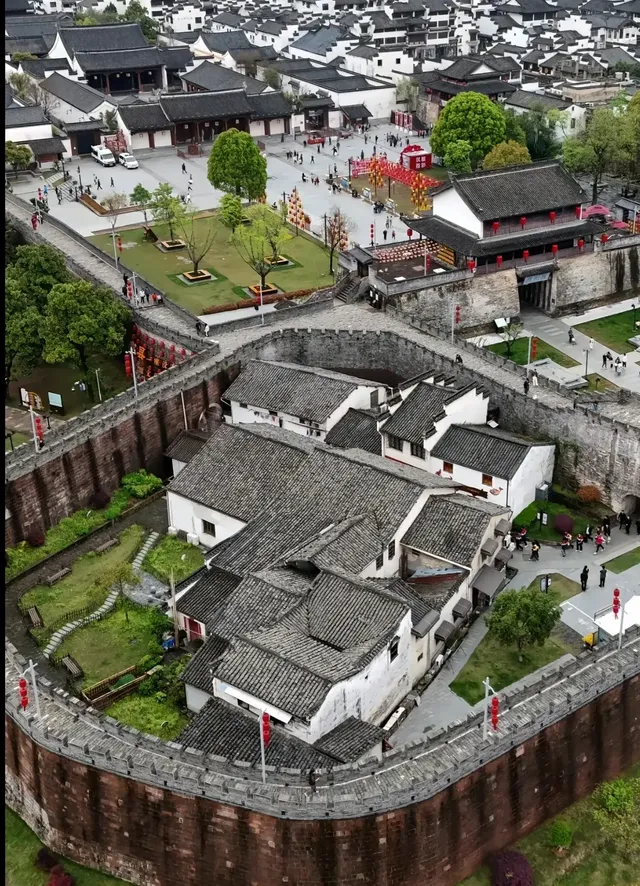
2:四川阆中古城
位于四川省东北部的阆中古城,依山傍水,嘉陵江穿城而过,自古便是巴蜀要冲和军事重镇。古城历史可追溯到2300多年前,战国时期曾为巴国的最后一个首都。阆中古城以其“风水宝地”的美誉而闻名,古城内古街巷、古院落错落有致,保存有汉桓侯祠(张飞庙)、贡院、中天楼等众多历史遗迹,展示了三国文化、科举文化和风水文化的独特魅力。漫步古城,仿佛穿越回千年前的巴蜀大地,感受那份宁静与古朴。
2: The ancient city of Langzhong, Sichuan
Located in the northeast of Sichuan Province, the ancient city of Langzhong, surrounded by mountains and rivers, the Jialing River passes through the city, and it has been a key and important military town of Bashu since ancient times. The history of the ancient city can be traced back to more than 2,300 years ago, and it was the last capital of Pakistan during the Warring States period. The ancient city of Langzhong is famous for its reputation as a "treasure land of feng shui", the ancient streets and alleys and ancient courtyards in the ancient city are scattered, and there are many historical relics such as the Han Huan Hou Temple (Zhang Fei Temple), the Tribute Courtyard, and the Zhongtian Tower, showing the unique charm of the culture of the Three Kingdoms, the imperial examination culture and the feng shui culture. Walking through the ancient city, it is like traveling back to the land of Bashu thousands of years ago, and feeling the tranquility and simplicity.
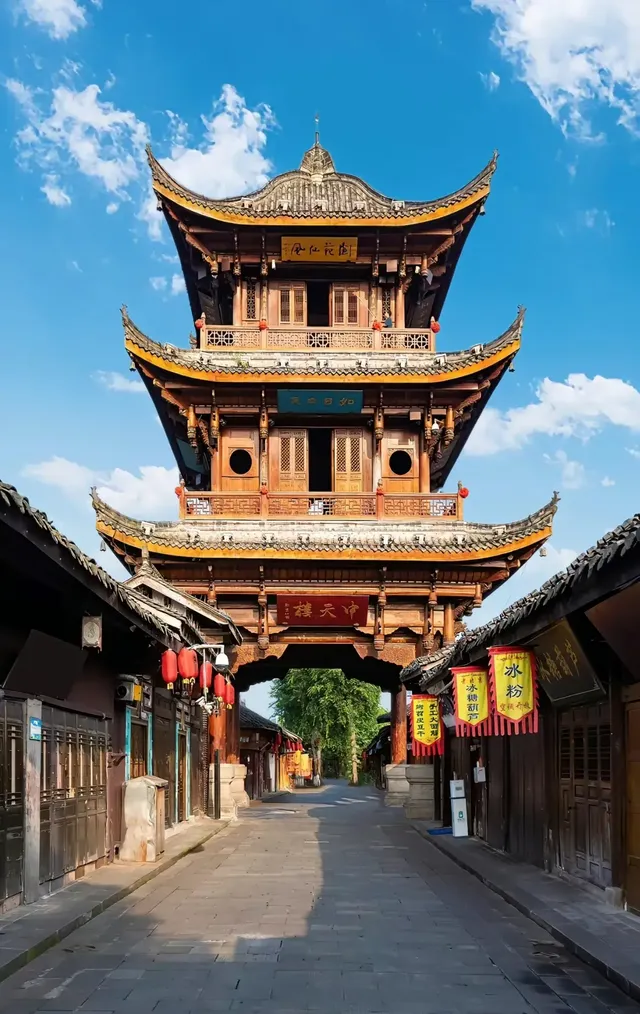
3:山西平遥古城
平遥古城,位于山西省中部,是中国保存最为完整的一座明清时期的县城。这座古城的历史可追溯到2700多年前,城墙、街道、店铺、民居等历史建筑完好无损,形成了一个庞大的明清建筑群。平遥古城不仅是国家历史文化名城,也是世界文化遗产之一。古城内,以南大街为中轴线,四条主街、八条小街、七十二条蚰蜒巷构成的街巷格局,反映了古代汉族城市的规划理念。其中,平遥县衙、日升昌票号、文庙、城隍庙等古迹,展现了古代官府制度、金融发展、儒家文化及宗教信仰的多元面貌。
3: The ancient city of Pingyao, Shanxi
The ancient city of Pingyao, located in the central part of Shanxi Province, is one of the most well-preserved county towns of the Ming and Qing dynasties in China. The history of this ancient city can be traced back to more than 2,700 years ago, and the city walls, streets, shops, houses and other historical buildings have been intact, forming a huge Ming and Qing dynasty architectural complex. The ancient city of Pingyao is not only a national historical and cultural city, but also one of the world cultural heritage. In the ancient city, with Nanjie Street as the central axis, the street and lane pattern composed of four main streets, eight small streets and 72 winding alleys reflects the planning concept of the ancient Han city. Among them, Pingyao County Ya, Rishengchang Ticket Number, Confucian Temple, Chenghuang Temple and other historic sites show the ancient government system, financial development, Confucian culture and religious beliefs.
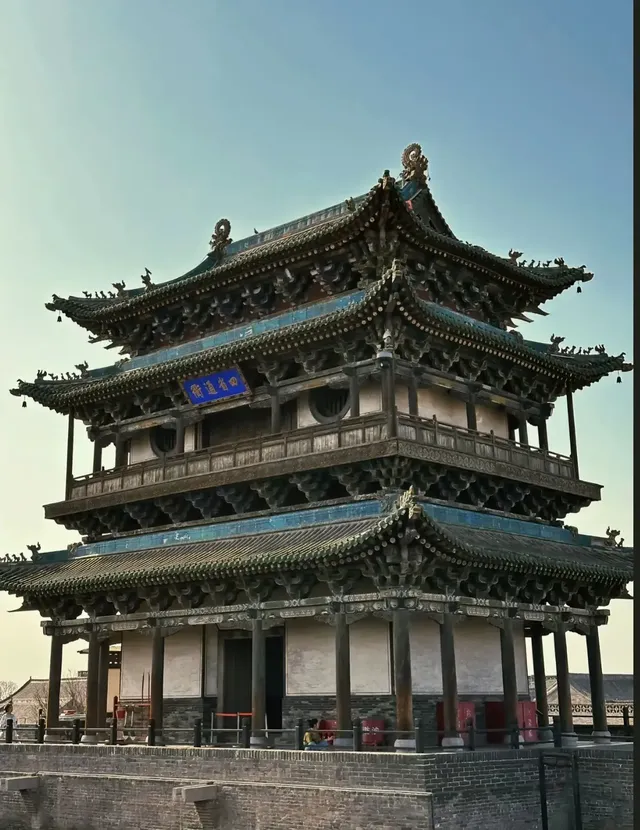
4:云南丽江古城
丽江古城,又称大研古镇,位于云南省丽江市,坐落在玉龙雪山脚下,是纳西族的聚居地。古城建于宋末元初,以其水系发达、街巷布局独特而著称。丽江古城没有城墙,以四方街为中心,水渠环绕,桥梁密布,被誉为“东方威尼斯”。古城内的纳西族民居,采用“三坊一照壁”、“四合五天井”等形式,体现了纳西族的建筑智慧。丽江古城不仅自然风光旖旎,而且文化气息浓厚,纳西东巴文化、音乐、舞蹈在这里得到传承和发展。夜晚的丽江古城,灯火阑珊,酒吧街热闹非凡,是体验现代与传统交融的最佳地点。
4: The ancient town of Lijiang, Yunnan
The Old Town of Lijiang, also known as Dayan Ancient Town, is located in Lijiang City, Yunnan Province, at the foot of the Jade Dragon Snow Mountain, and is a settlement of the Naxi people. The ancient city was built in the late Song Dynasty and early Yuan Dynasty, and is famous for its developed water system and unique layout of streets and alleys. The old town of Lijiang has no city walls, with Sifang Street as the center, surrounded by canals and bridges, and is known as the "Venice of the East". The Naxi dwellings in the ancient city adopt the forms of "three squares and one wall" and "four and five patios", which reflect the architectural wisdom of the Naxi people. The Old Town of Lijiang is not only beautiful in nature, but also rich in culture, where Naxi Dongba culture, music and dance have been inherited and developed. At night, the old town of Lijiang is lit up and the bar street is bustling, making it the best place to experience the blend of modernity and tradition.
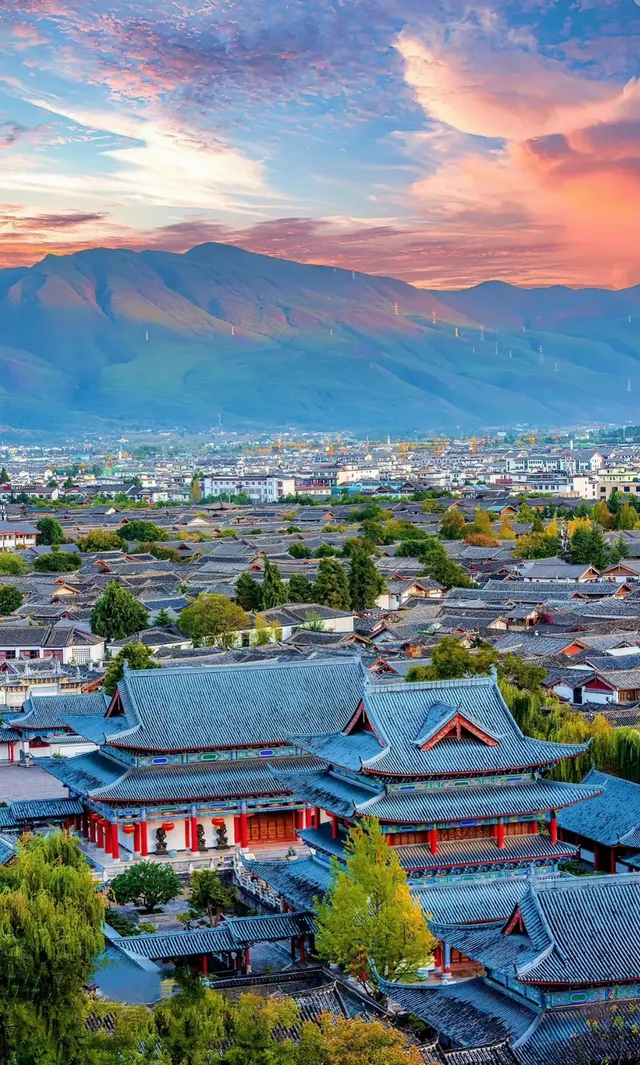
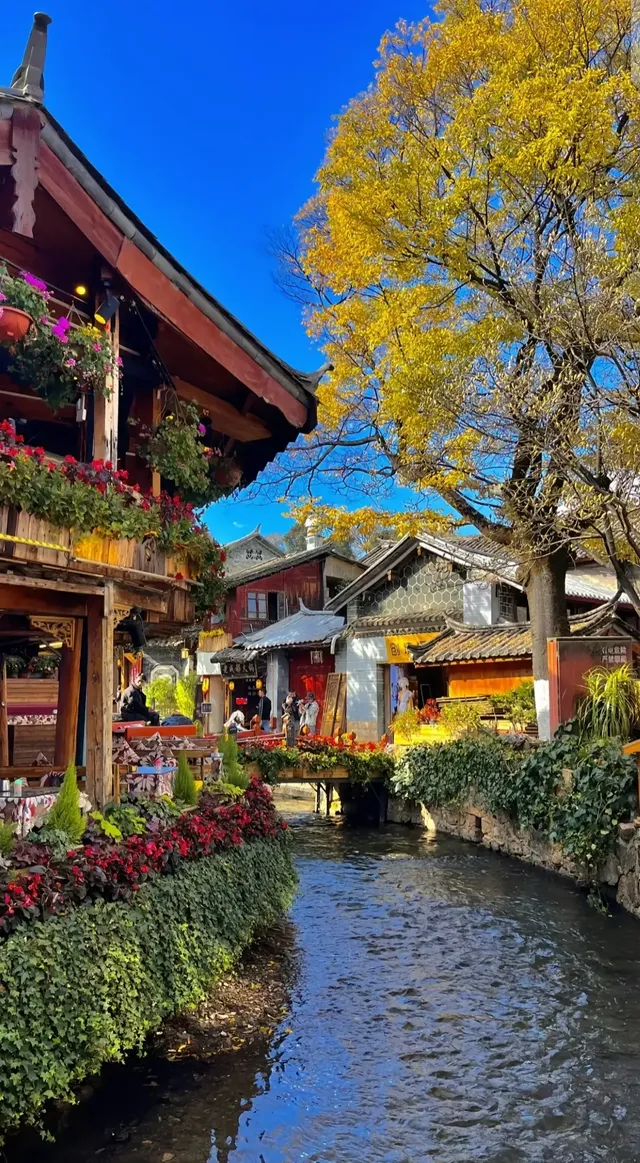
这四大古城,各有千秋,不仅是中国古代城市建设的典范,也是中华民族悠久历史和灿烂文化的缩影。它们的存在,让后人得以触摸历史的脉搏,感受古人的智慧与情感,是中华文明不可多得的宝贵财富。
These four ancient cities, each with its own merits, are not only a model of ancient Chinese city construction, but also the epitome of the long history and splendid culture of the Chinese nation. Their existence allows future generations to touch the pulse of history and feel the wisdom and emotion of the ancients, which is a rare and precious wealth of Chinese civilization.